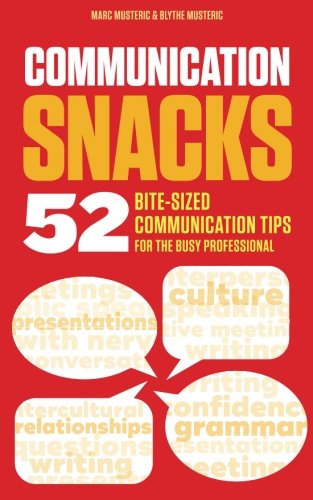WATCH THE VIDEO
Important Points to Remember:
“L” is made by lightly touching the tip of your tongue on your gum just behind your upper front teeth. The voiced sound flows over the sides of your tongue. Your tongue stays in the same position as you make the sound.
“R” is made by touching the sides of your tongue to the bottom part of your upper teeth. The airflow goes over your tongue. Your tongue is pulled towards the back of your mouth. YOU DON’T NEED TO USE THE TIP OF YOUR TONGUE FOR THIS SOUND.
“D” is made by touching the tip of your tongue on your gum behind your upper front teeth. Press your tongue more firmly on the gum. Then you release your tongue as you say the sound. This is a voiced sound.
“N” is made by touching the tip of your tongue on the gum behind the upper front teeth. When you make this sound, you don’t push air out of your mouth. Instead, the air goes through your nose.
“M” is made with your two lips closed tightly. The sound comes out of your nose.
“S” and “Z” are both made with the sides of your tongue touching your upper side teeth. The tip of the tongue is just behind the upper front teeth.
- “S” is unvoiced.
- “Z” is voiced.
“SH” /ʃ/ is made as one continuous sound with the air flowing over the top of your tongue. It is unvoiced.
“CH” /ʧ/ is made with the tip of your tongue touching just behind your upper front teeth and the back of the tongue touching the side teeth. As you release the sound, you drop your tongue. It’s unvoiced.
When you make the “P” and “B” sounds, your upper and lower lips are closed tightly, and then you open them to release the sound.
- “P” is unvoiced.
- “B” is voiced.
When you make the “F” and “V” sounds, you use your upper teeth and lower lip.
- “F” is unvoiced.
- “V” is voiced.
“H” is made simply by forcing air out of your open mouth
“W” is made by forcing air out of your mouth, but you’re lips are in a tight round position and then open up. When the “W” is at the end of the word, your mouth goes in the opposite direction, from big to small.

 About MyOvient
About MyOvient Contact Us
Contact Us


